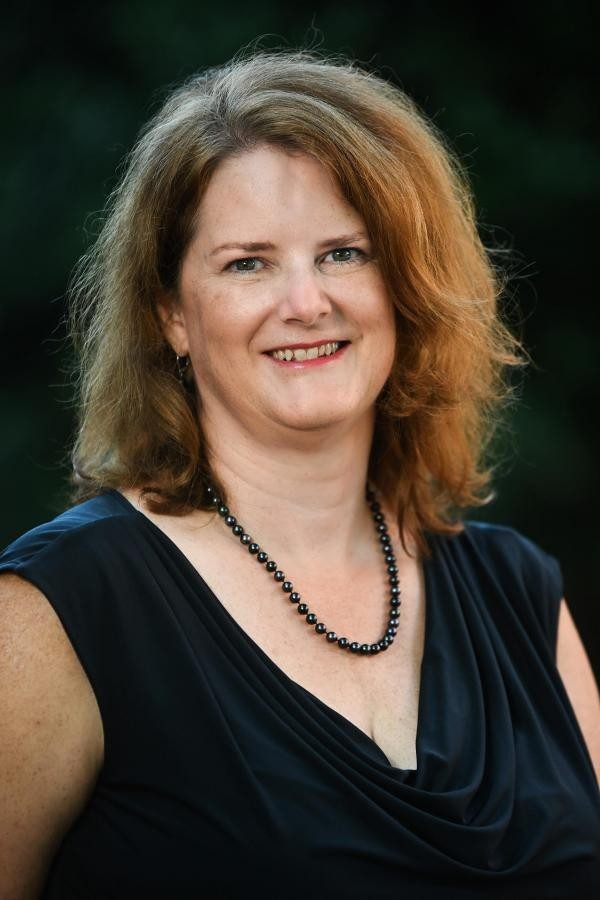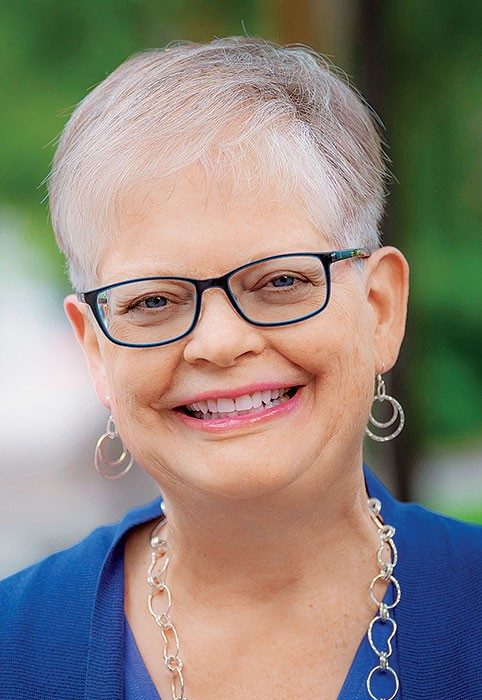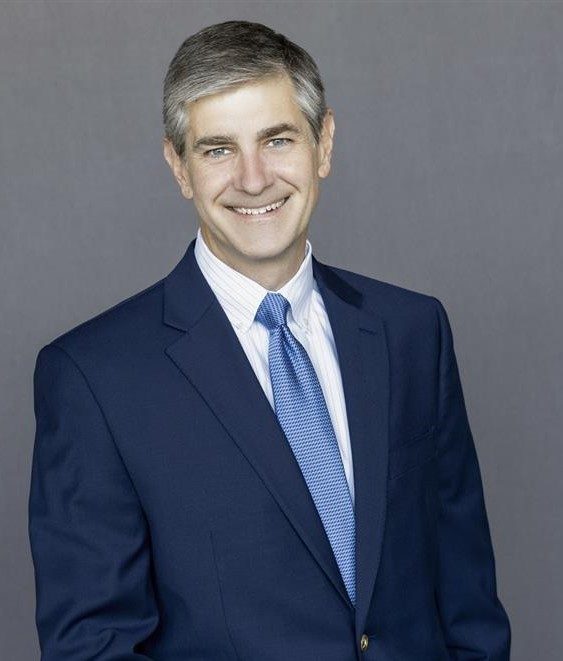CPT Profiles: Administrative Leaders
Meet CPT Members - Pamela Riggs-Gelasco, Ph.D., Barbara Sawrey, Ph.D., and P. Greg Van Patten, Ph.D.
By Sarah Derouin for the American Chemical Society
The Committee on Professional Training (CPT) has members with broad professional perspectives, including educators, industry professionals, researchers, and academic chairs and deans.
Those in the last group—these chemists-turned-administrators— have a unique perspective on chemistry education. They have experienced the way ACS Approval can direct their curriculum and now, they also have a bird’s eye view of education, helping their faculty reach high standards and keep approval status.
The saying “walk a mile in their shoes” has special meaning for three CPT members. Pamela Riggs-Gelasco, Ph.D., Barbara Sawrey, Ph.D., and Greg Van Patten, Ph.D. are all award-winning educators who have transitioned into administrative positions during their careers.
Unique Perspectives
Being an academic administrator means these three CPT members have experienced making sure their departments fulfill the ACS guidelines, including filling out detailed reporting documents. Pamela Riggs-Gelasco, Ph.D., dean of Arts and Sciences at University of Tennessee at Chattanooga, was previously the chair of her chemistry department at College of Charleston.
“One of the things we look at and comment on a lot in our CPT reviews is undergraduate research and the quality of those programs,” says Riggs-Gelasco. “It's something that I've spent my whole career doing and trying to build up in our department at the College of Charleston and now here UTC.”
But Riggs-Gelasco understands the challenges in meeting some guidelines. “Resources are tight everywhere,” she says, adding that some schools struggle to meet minimum staff or instrumentation requirements. She notes that as an administrator, she understands some of the challenges that occur in Higher Ed at a broad scale. And she can also reflect on her time as an educator and chair for more perspective.
Greg Van Patten, Ph.D., interim dean at Middle Tennessee State University (MTSU), also has a broad perspective from being a chair and now a dean. As a chair at MTSU, he was responsible for completing the annual ACS approval program reports and learned a lot in the process. “When I first arrived here at MTSU, our chemistry department was on probation from ACS,” he says. Van Patten notes that the process of restoring the department’s approval status was interesting and the experience made him want to be a part of CPT.
Interestingly, it’s the sheer amount of work for filling out annual reports that seem to draw some CPT members into the group. Barbara Sawrey Ph.D., emerita professor at University of California San Diego. Sawrey was vice chair of the chemistry at UC San Diego. At the time, she notes that the university was number two in producing certified majors, typically graduating 100 to 120 students a year. During that time, Sawrey was also the one responsible for filling out the reporting documentation. “I thought, ‘This is insane,’” she says. “I really thought, ‘I can't believe they need all this information, that anybody's reading it.’” But the detailed responses she would get back showed the thoughtfulness of the committee—and she wanted to be a part of it.
“When you get to go behind the scenes, and you see how the sausage is made, your view of the whole process changes,” Sawrey says.
The hard work on both sides of CPT shape the viewpoints of these three members. “I can always go back to my experience as a chair and just think, ‘Oh, God, that will be such a nightmare for the poor department chairs to implement,’” says Riggs-Gelasco. “I feel like it gives it gives me a practical sense of what we can ask departments to do.”
Their experience as chairs also made clear how ACS approval can provide leverage for chemistry departments. “For example, schools sometimes show full transparency of what they don't have: we don't offer that [class] or we don't have this particular instrument,” Riggs-Gelasco explains. “They're counting on us replying back and saying, ‘Gosh, you have everything else in place, if only you had this instrument,’ and then they use that for leverage for their negotiations with their administration to improve their program.”
Van Patten agrees, noting that the ACS approval plays a big role in how departments can approach institutional support. “CPT actually has a role in applying pressure and helping to advocate for the department,” he says. “As dean, I'm witnessing that [process] from the other side, where departments are coming to me and say, ‘Look, we really need this; resource access is really important to us, and here's why.’”
“That's a powerful voice, and it makes me appreciate it now,” notes Van Patten.
Classes and Changing Education
Although all three CPT members have experience in administration, they were lauded educators first. “I believe the first person on CPT who was considered the chemical education specialist-- I don't think there was anybody before me,” notes Sawrey. Although she was an inorganic chemist by training, she pivoted to educational research when she became a faculty member. She says it was “innovative” of CPT to usher her viewpoint into the group and she notes that there have been educator-experts involved in CPT ever since.
As part of her UCSD tenure, Sawrey was in charge of the Education Abroad program, which exposed her to international programs and global mindsets. The experience left her with a deep appreciation for chemistry education around the world, and she has brought that passion to her work on CPT.
CPT members learn a lot from the US schools as well. Riggs-Gelasco says the breadth of opinions and approaches that various departments take towards different standards is impressive. “Every time I review a packet, I'm like, ‘Oh, that's clever,” she says. “I learned a lot about what other departments are doing; if I was still a chemistry chair, I would certainly think about implementing [those methods].”
Van Patten agrees, noting that over the past couple of years he has been focusing on the importance of reforming the way we teach science and chemistry in particular. “Many people who are teaching chemistry have been doing so for a number of years, and standard way to do this has been to stand at the front of a room and lecture; write on a board or some kind of device and have the students sit passively except to copy down notes,” he explains. “I've seen lots of evidence from watching other instructors and from reading these [ACS] reports of what's going on in all the different departments across the country. There are much better ways to teach science.”
“I'm excited about the fact that I think there's going to be a revolution in science teaching and that in 10 or 15 years, most students coming through university science curriculum will have a very different exposure,” he says.
That difference may also expand to how chemistry labs and online education is handled. This has been especially true after classes unexpectedly moved online during the pandemic. “We've been tasked with thinking about lab education and online education in particular,” says Riggs-Gelasco. “Many scientists kind of have always opposed to doing any kind of online education where labs are concerned. And yet, now we've shown that it can be done,” she says. But now, she says their task is to understand if online labs were effective for students. “We're going to start to dig into that data pretty soon and get some feedback from department chairs."
"CPT actually has a role in applying pressure and helping to advocate for the department.”- P. Greg Van Patten, Ph.D.

Pamela Riggs-Gelasco, CPT Member

Barbara Sawrey, Ph.D., CPT Member

P. Greg Van Patten, Ph.D., CPT Member

